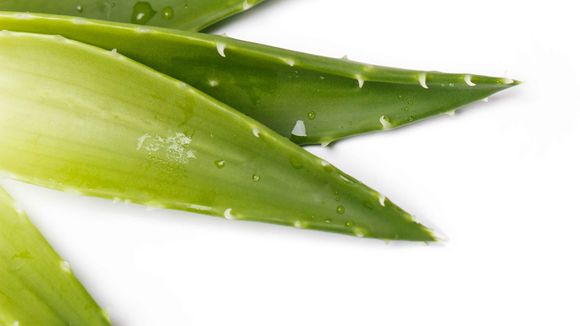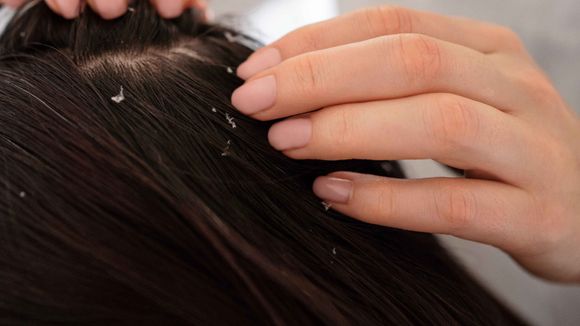What condition is seborrheic dermatitis?
Seborrheic dermatitis, a type of skin condition that most often causes dryness of the face and itching of the scalp, affects about 3-5% of the population. It can be difficult to recognize or diagnose seborrheic dermatitis because the skin reactions it causes mimic those caused by similar conditions such as psoriasis, other forms of eczema, or even allergic reactions.
Like many other conditions caused by abnormal immune reactions, people suffering from seborrheic dermatitis tend to experience periods of exacerbation and remission after symptoms of seborrheic dermatitis. This means that there are periods of exacerbated and subsiding symptoms. Scientific evidence suggests that outbreaks of seborrheic dermatitis are caused by factors such as: [ref. 1]
- Trauma, emotional distress, or depression
- Fatigue and lack of sleep
- Exposure to wet or dry conditions at home and/or at work
- Systemic infections
- Use of certain medicinal drugs
- Other factors disrupting the immune system, including diseases
Signs and symptoms of seborrheic dermatitis
The most common signs and symptoms of seborrheic dermatitis are: [ref. 2]
- Scaly spots and dandruff form on the scalp. Dandruff is usually "persistent" and does not respond well even to over-the-counter products such as anti-dandruff shampoos or oily procedures. Sometimes rash-like lesions form on the scalp, which can range from slightly itchy to brownish crusts.
- Red skin that is sensitive and very dry. Irritated seborrheic dermatitis can cause very dry skin to turn yellow or pink in certain areas.
- Additional dryness and flaking in areas of skin that shrink or are usually oily, including the "T-zone" of the face (the area covering the nose, chin and forehead), upper chest and back.
- Peeling of the skin called erythema, which sometimes appears as spots (discolored skin) or plaques with dry white or damp oily flakes. Even when the skin peels, papules or pustules are not very common.
In infants, the condition usually resolves by 3-4 months of age. But children with untreated food allergies can sometimes continue to show symptoms for years. [ref. 3]
Another period of time when seborrheic dermatitis tends to develop is during puberty, when hormonal changes can affect the skin's glands and fat production. The prevalence of dermatitis increases again in adults over 50 years of age.
Natural treatment of seborrheic dermatitis
Drug therapy for this condition usually involves the use of a healing shampoo, topical creams, and more that aim to soothe symptoms and hydrate the skin. Natural ways to treat seborrheic dermatitis in turn include:
Fish oil

Fish oil supplements can help suppress the exacerbations of dermatitis that allergies cause, as well as provide other nutritional benefits. Anti-inflammatory omega-3 fatty acids can help improve a person's overall immune and cardiovascular health.
Aloe vera
Aloe vera is a plant with anti-inflammatory properties. Research has shown that its extract is effective in treating seborrheic dermatitis.
Supplements containing aloe vera gel or extracts can help suppress the symptoms of seborrheic dermatitis. They can also help reduce the severity of seizures when they occur. [ref. 4]
Probiotics
Probiotics can help in the treatment of various types of dermatitis, especially in children. But there is little research to link probiotics to effective results in seborrheic dermatitis, so they should be taken for general strengthening purposes, rather than specifically to address dermatitis.
Tea tree oil
Tea tree oil (Melaleuca alternifolia) has been studied for use and beneficial effects in several skin diseases. Its antibacterial, antifungal, and anti-inflammatory properties make it a great treatment for seborrheic dermatitis. [ref. 5]
Shampoos, conditioners, and other products that you can use to wash can help relieve itching if they contain tea tree oil.
Homemade shampoo against dandruff with coconut milk
Ready in about 10 minutes, this shampoo recipe not only includes several affordable ingredients to combat dandruff, but is also gentle enough to the skin to use several times a week.
The necessary ingredients are:
- 1 box of coconut milk
- 1 teaspoon fractionated coconut oil
- 1/2 cup liquid Castilian soap
- 1/2 cup purified water
- 1 teaspoon apple cider vinegar
- 1 teaspoon baking soda
- 20 drops of rosemary essential oil
- 15 drops of tea tree essential oil
- 1 tablespoon ground fenugreek seeds
- Plastic bottle with dispenser without BPA
How to prepare it?
- Remove mixing bowl and stirrer. Combine coconut milk, coconut oil and castilian soap. Stir well.
- Once the coconut milk, coconut oil and Castilian soap are well combined, add the water, apple cider vinegar and baking soda and stir.
- Add rosemary oil and tea tree. Continue to break.
- Finally, add fenugreek and make sure that all ingredients are well mixed.
- Pour the mixture into a container similar to a shampoo without BPA or a glass bottle with a lid.
- Use it every other day. After use, store in the refrigerator and use for up to 3 weeks.









